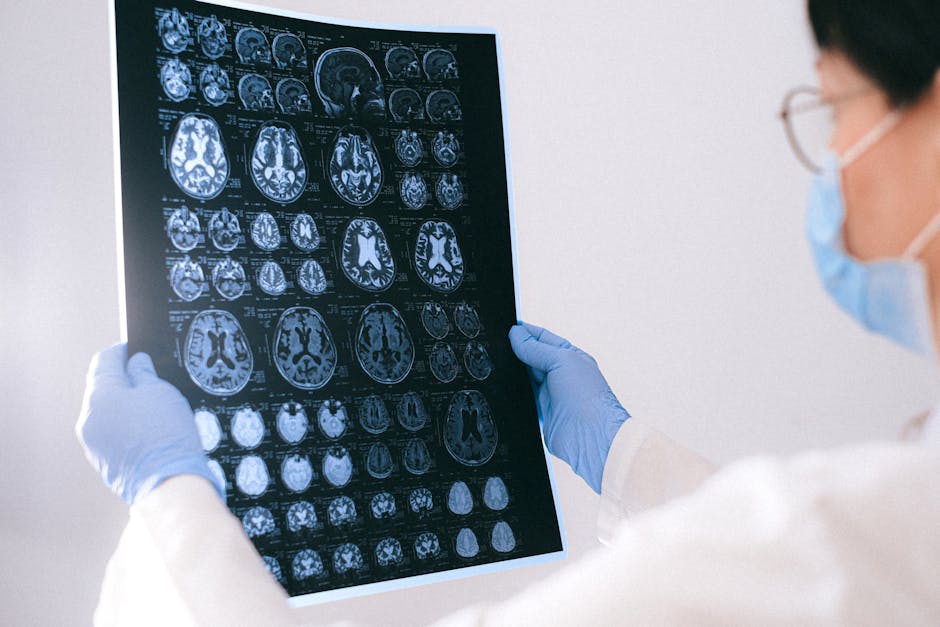
Alzheimer’s disease, the most common form of dementia, casts a long shadow over millions of lives and their families. Its insidious onset, often years before noticeable symptoms, has made early intervention a persistent dream for researchers. Imagine, then, a brain scan capable of detecting the disease years before memory loss even begins. This isn’t science fiction anymore, but a groundbreaking new technology shows immense promise, with a critical caveat: it only works in some brains.
For years, the medical community has searched for reliable biomarkers that could signal Alzheimer’s early. Current diagnoses often rely on cognitive tests and, in later stages, advanced imaging like PET scans to detect amyloid plaques – the hallmark protein clumps in Alzheimer’s brains. However, these are often too late for the most effective interventions.
Enter a revolutionary new type of brain scan, utilizing advanced MRI or PET techniques combined with sophisticated AI analysis. This scan doesn’t just look for established damage; it’s designed to identify incredibly subtle changes in brain structure, function, or specific protein accumulation (like tau tangles or early amyloid deposits) long before they manifest as cognitive decline. The idea is to catch the disease when it’s just a whisper, not a roar, opening a crucial window for potential therapies to halt or significantly slow its progression.
However, here’s the crucial ‘but’: this cutting-edge detection method isn’t universally effective. Initial studies show remarkable accuracy in predicting Alzheimer’s in a specific subset of individuals. Researchers believe this limitation stems from the inherent diversity in how Alzheimer’s presents and progresses in different brains. Some brains may accumulate specific pathological proteins (like amyloid-beta or tau) in patterns or concentrations that are more easily ‘read’ by the scan. Others might have different underlying pathologies, varying genetic predispositions, or even distinct brain compensation mechanisms that mask these early signs, making them invisible to the current technology.
This means while the scan offers a beacon of hope for many, it simultaneously highlights the complex, heterogeneous nature of Alzheimer’s disease. For those whose brains align with the detectable patterns, it could mean years of foresight, allowing for participation in clinical trials, lifestyle adjustments, and early access to emerging treatments. For others, it underscores the urgent need for further research into different diagnostic pathways and a deeper understanding of the diverse biological mechanisms that drive the disease.
The development of this selective brain scan represents a monumental leap forward, pushing the boundaries of early Alzheimer’s detection. It’s a powerful tool that promises to revolutionize personalized medicine for dementia, even as it reminds us that the fight against Alzheimer’s is far from over. This breakthrough isn’t a universal solution, but it illuminates the path towards a future where early detection, tailored treatments, and ultimately, prevention become a reality for everyone.

